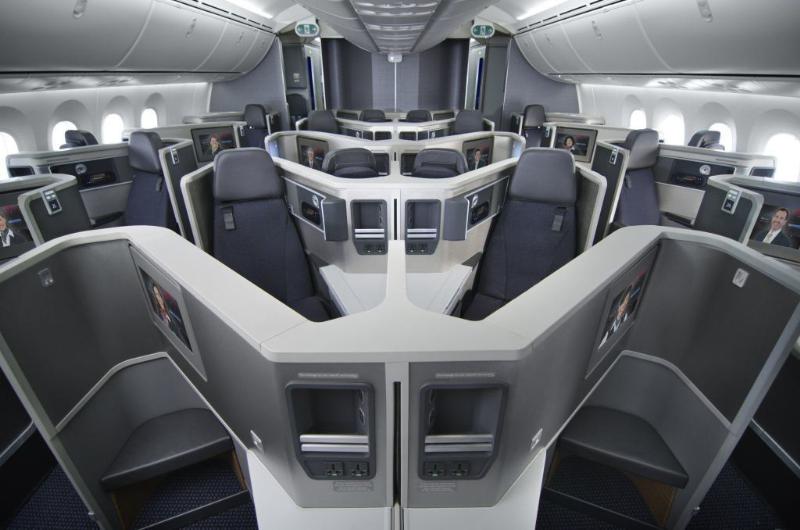Skift Take
Fewer upgrades are on the horizon for the 1% as airlines start to shift upgrade processes.
On the Monday of Memorial Day weekend this year, I scheduled a long transcontinental flight doglegging from Toronto to Charlotte to San Francisco, a two-part journey booked entirely on American Airlines.
As an Executive Platinum member of American’s AAdvantage loyalty program, complimentary upgrades prior to the day of travel were a big part of my consideration when booking, but curiously, on this trip they never materialized.
Only five minutes before departure, in a wholesale migration from economy to first class, my upgrade as well as twelve others out of fourteen bookable first class seats cleared.
American’s tendency to hold back on premium upgrades until the last second has been growing over the last year as it and other legacy carriers explore new pricing models for both first and economy fares. In the economy section, much of that effort centers around the introduction of basic or simple fares, stripped of the perks of everyday travel and built to compete with the likes of Frontier and Spirit.
On the first-class side of that experimentation though, airlines have also been pushing down the cost of premium seats to the point at which a more casual consumer might consider the booking.
A recent search on United Airlines for one way fares between San Francisco and Houston, for example, yielded first class fares for only $200 more than those in economy — and $100 less than flexible economy.
With competitive fares in hand, first-class fares will end up selling more aggressively, but as a side effect, the current structure for processing upgrades may end up being disrupted. Airlines like American looking to sell last second first class fares now have a strong incentive to change how passengers get upgraded and at what point prior to travel.
On the other side of that transaction, elite frequent flyers are going to have to get used to a new world for complimentary upgrades, with revenue passengers filling up the cabin on one end and airlines holding back inventory on the other. It’s a new formula that will end up in few upgrades across the board, but in the end, the 99% of casual consumers will ultimately get better exposure to first class.
The Daily Newsletter
Our daily coverage of the global travel industry. Written by editors and analysts from across Skift’s brands.
Have a confidential tip for Skift? Get in touch
Tags: american airlines, loyalty
Photo credit: Business Class on American Airlines' Boeing 787 aircraft. Cweyer / Wikipedia

